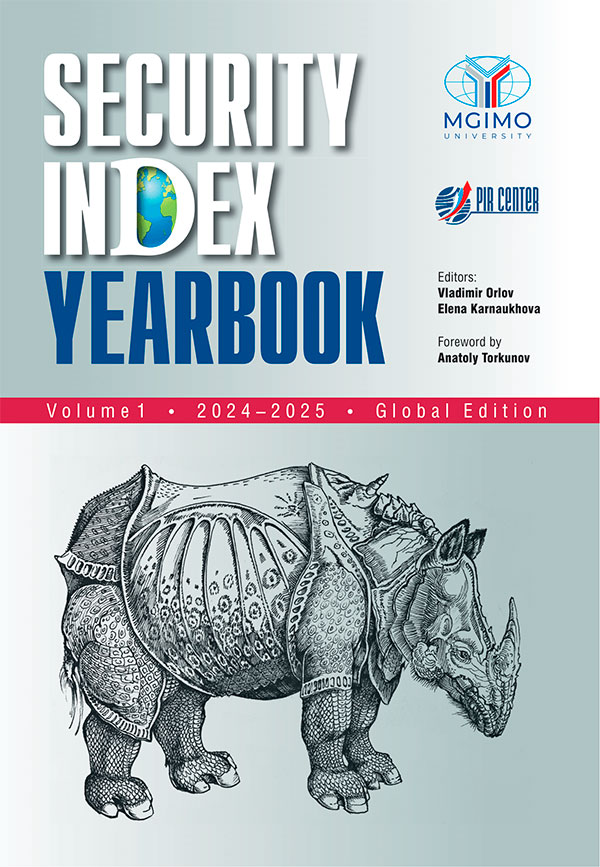... Contrary to the suggestions of proponents of gradual nuclear escalation, the revised document
emphasizes
: “The state policy on nuclear deterrence … guarantees the protection of sovereignty and territorial integrity of the state, deterrence of a potential ... ... Huasheng, Andrey Kortunov:
Prepare for the Worst and Strive for the Best. Russia’s and China’s Perceptions of Developments in International Security
The concept of strategic stability has many different interpretations, with some broadening it to include ...
... open to new stages of escalation. For example, Kiev could use a dirty atomic bomb against Russia, which could be met by a retaliatory strike from Moscow. A radical scenario will bring to its limit all those weaknesses in the structure of European and international security that have been accumulating over a long period of time. In this case, the world order really risks collapsing in a classic form for the history of international relations—through an armed confrontation between major powers. The ...
... authorizing Kiev to use ATACMS missiles against facilities deep inside Russian territory. However, it is less likely that these will be steps explicitly mentioned in the new version of the Basic Principles of State Policy of the Russian Federation on Nuclear Deterrence.
Dmitry Stefanovich, Research Fellow at the Center for International Security, Primakov Institute of World Economy and International Relations (IMEMO RAS)
I think we will see an emphatic downplaying of the doctrine’s importance for the time being, but the next US administration will most likely prepare ...
... Seoul, which established the Nuclear Consultative Group and approved (on the margins of the NATO summit) the Guidelines for Nuclear Deterrence and Nuclear Operations on the Korean Peninsula.
New coalition and alliance constructs resembling NATO are taking ... ... Huasheng, Andrey Kortunov:
Prepare for the Worst and Strive for the Best. Russia’s and China’s Perceptions of Developments in International Security
There is also a Russian-Chinese agreement on notifications of launches of ballistic missiles and space ...
... on fixed land-based, sea-based, and mobile land-based components. Back in 2012, a number of U.S. policymakers mentioned the Pentagon’s desire to create a broad regional missile defense infrastructure in Asia Pacific to meet the country’s unique nuclear deterrence needs [
5
]. Notably, no country of East Asia, in whole or in part, has ever expressed its intentions to unprovokedly attack American bases, much less the territory of the United States. Pyongyang’s
statements
about “striking a ...
... action as escalatory.
In the
Kinzhal
case, Russia attempted escalation control through deliberate allusion to the nuclear option, despite
statements of its leadership
against nuclear use in Ukraine. While there remains a conceptual difference between nuclear deterrence and nuclear use, this may still contribute to a conflation of conventional and nuclear stakes in the conflict, increasing the risks of the signals being misunderstood in the U.S. Further, it is likely to further complicate Russia’s ...
Policy Brief #44 / 2022
Policy Brief #44 / 2022
In October 2022, Joseph Biden’s administration published the new U.S. Nuclear Posture Review (NPR-2022) as part of a single National Defense Strategy (NDS-2022) package along with the Missile Defense Review (MDR-2022). The previous Nuclear Posture Review appeared in February 2018 during Donald Trump’s presidency.
One of the key functions of any publicly available strategic document is to deliver information to other states – both friendly and hostile...
Of all the “official” nuclear powers, the UK arguably displays the most peculiar approach to nuclear deterrence
Of all the “official” nuclear powers (Russia, the US, France, the UK, China), the UK arguably displays the most peculiar approach to nuclear deterrence. Here, we will outline the most salient details, assess the prospects, and ...



